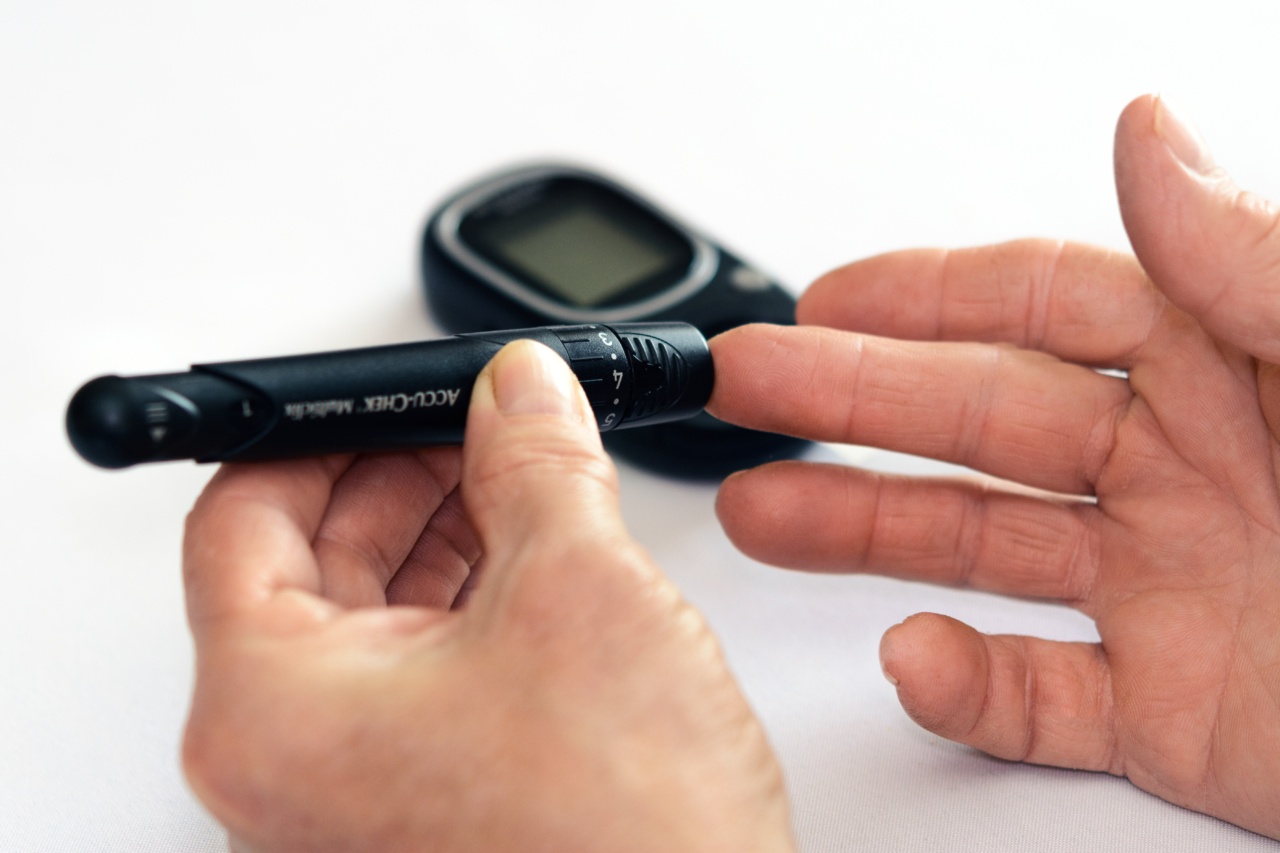Diabetes is a chronic condition that affects millions of people worldwide. It requires careful management and lifestyle changes to keep blood sugar levels under control. Living with diabetes doesn’t mean giving up on adventure or outdoor activities.
In fact, engaging in regular physical activities like trekking can be highly beneficial for individuals with diabetes. This article explores the benefits of trekking for diabetes management and provides tips for a safe and enjoyable trekking experience for individuals with diabetes.
The Benefits of Trekking for Diabetes Management
Trekking is a popular outdoor activity that involves hiking through trails, mountains, or other natural terrains. It offers several physical and mental health benefits, making it an ideal activity for individuals with diabetes.
Here are some of the key benefits of trekking for diabetes management:.
1. Improved Insulin Sensitivity
Trekking involves continuous physical movement, which can significantly improve insulin sensitivity. Insulin is a hormone that helps regulate blood sugar levels in the body.
Regular trekking can enhance the body’s ability to utilize insulin effectively, resulting in improved blood sugar control.
2. Weight Management
Trekking is a calorie-burning activity that can aid in weight management. Maintaining a healthy weight is crucial for individuals with diabetes as it helps control blood sugar levels and reduces the risk of complications.
Trekking combined with a balanced diet can contribute to gradual weight loss or weight maintenance.
3. Cardiovascular Health
Trekking involves moderate to intense physical exertion, which provides an excellent cardiovascular workout.
Regular trekking can strengthen the heart and improve blood circulation, reducing the risk of cardiovascular diseases, a common complication of diabetes.
4. Stress Reduction
Trekking in nature offers a peaceful and serene environment that can help reduce stress and anxiety. Stress can adversely affect blood sugar levels in individuals with diabetes.
Engaging in outdoor activities like trekking promotes relaxation and mental well-being, contributing to better diabetes management.
5. Enhanced Fitness Levels
Trekking is a full-body exercise that engages various muscle groups, including the legs, core, and upper body. Regular trekking can lead to improved muscular strength, endurance, and overall fitness levels.
Increased fitness levels can have a positive impact on diabetes control and overall health.
6. Improved Blood Pressure Control
Trekking involves physical exertion and aerobic exercise, which can help lower blood pressure levels. High blood pressure is a common comorbidity among individuals with diabetes and can increase the risk of heart diseases.
Regular trekking helps maintain healthy blood pressure levels, reducing the likelihood of complications.
7. Social Interaction and Support
Trekking often involves group activities or organized trips, providing opportunities for social interaction and support.
Connecting with fellow trekkers who share similar experiences and challenges can be empowering and encouraging for individuals with diabetes. Social support plays a crucial role in managing diabetes effectively.
Tips for a Safe and Enjoyable Trekking Experience
While trekking offers numerous benefits for diabetes management, it is essential to take necessary precautions to ensure a safe and enjoyable experience. Here are some tips for individuals with diabetes who plan to go trekking:.
1. Consult Your Healthcare Team
Before embarking on a trekking adventure, consult your healthcare team, including your doctor and diabetes educator. They can assess your overall health, provide specific recommendations, and guide you on managing your diabetes while trekking.
2. Carry Essential Diabetes Supplies
Ensure you have an adequate supply of diabetes essentials such as insulin, glucose monitoring devices, test strips, and extra batteries. Storing these supplies appropriately and keeping them within easy reach is crucial during a trek.
3. Monitor Blood Sugar Levels Regularly
Regularly check your blood sugar levels before, during, and after trekking. This will help you make informed decisions regarding food intake, medication adjustments, and necessary rest breaks to maintain optimal blood sugar control.
4. Stay Hydrated
Hydration is crucial during trekking, especially for individuals with diabetes. Carry plenty of water and drink frequently to stay hydrated. Avoid sugary beverages and opt for water or sugar-free electrolyte drinks instead.
5. Pack Healthy Snacks
Carry a variety of healthy snacks to manage any unexpected drops in blood sugar levels. Pack snacks that are low in sugar, high in fiber, and contain a mix of carbohydrates, protein, and healthy fats.
Nuts, seeds, whole-grain crackers, and fresh fruits are excellent options.
6. Choose Trekking Routes Wisely
Select trekking routes that match your fitness level and experience. Start with shorter and less challenging treks initially, gradually progressing to more difficult ones.
Consider the level of difficulty, altitude, climate, and availability of medical facilities before finalizing a trekking destination.
7. Inform Your Trekking Guide or Companions
Inform your trekking guide or companions about your diabetes condition. Make sure they are aware of the signs of low blood sugar (hypoglycemia) and how to assist you in case of an emergency.
Sharing information can help them support you effectively during the trek.
8. Take Regular Breaks
Listen to your body and take regular breaks during the trek. Resting and allowing your body to recover is essential, especially if you experience fatigue, dizziness, or fluctuations in blood sugar levels.
Use these breaks to test your blood sugar, have a snack, or rehydrate as needed.
9. Be Mindful of Foot Care
Diabetes can affect nerve sensations and circulation in the feet. When trekking, wear comfortable and supportive footwear and check your feet regularly for any signs of blisters, cuts, or injuries.
Taking care of your feet can minimize the risk of developing foot complications.
10. Enjoy the Journey
Finally, embrace the beauty of trekking and enjoy every moment of the journey. Pay attention to the sights, sounds, and experiences along the way.
Trekking can be an incredible opportunity to connect with nature, rejuvenate your mind, and strengthen your body.



























